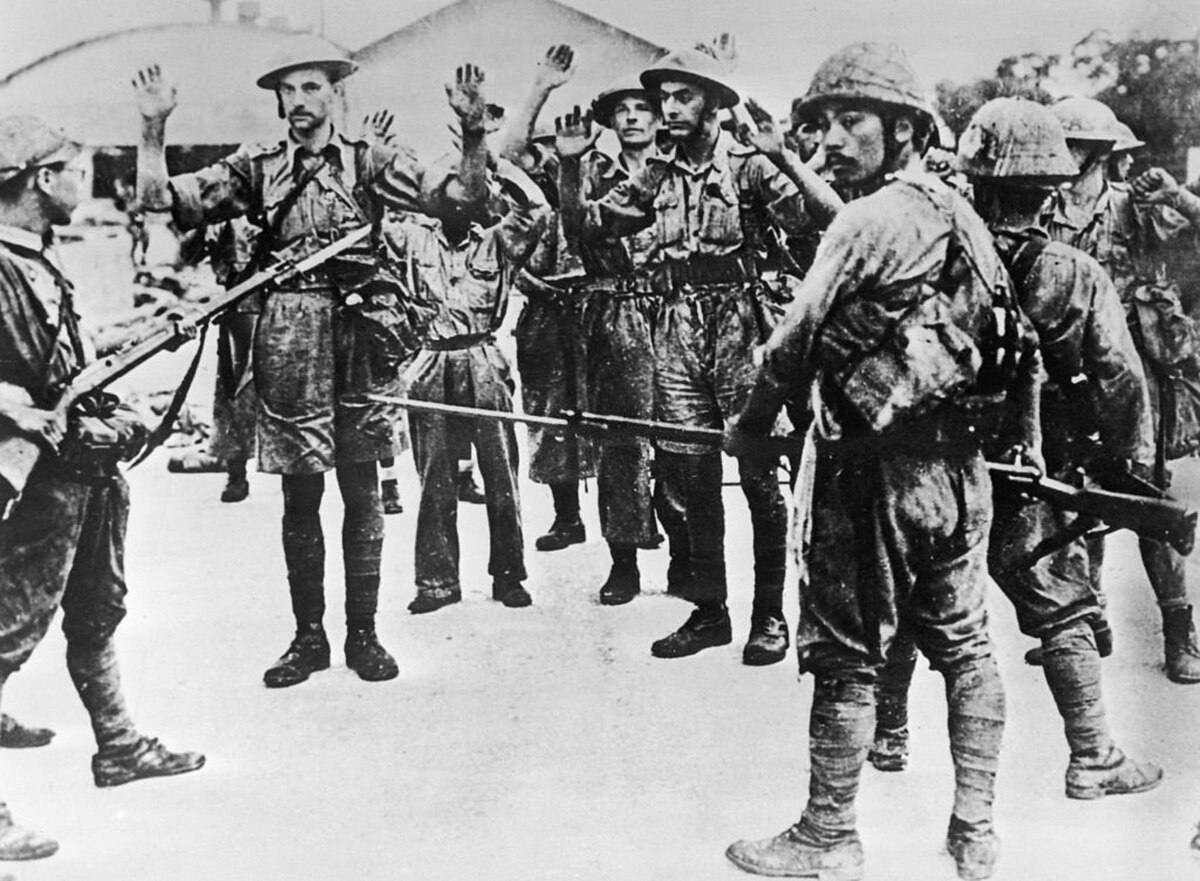
Fall of Singapore
SingaporeThe Fall of Singapore, also known as the Battle of Singapore, took place in the South–East Asian theatre of the Pacific War. The Empire of Japan captured the British stronghold of Singapore, with fighting lasting from 8 to 15 February 1942. Singapore was the foremost British military base and economic port in South–East Asia and had been of great importance to British interwar defence strategy. The capture of Singapore resulted in the largest British surrender in its history. Prior to the battle, Japanese General Tomoyuki Yamashita had advanced with about 30,000 men down the Malayan Peninsula in the Malayan campaign. The British erroneously considered the jungle terrain impassable, leading to a swift Japanese advance as Allied defences were quickly outflanked. The British Lieutenant-General, Arthur Percival, commanded 85,000 Allied troops at Singapore, although many units were under-strength and most units lacked experience. The British outnumbered the Japanese but much of the water for the island was drawn from reservoirs on the mainland. The British destroyed the causeway, forcing the Japanese into an improvised crossing of the Johore Strait. Singapore was considered so important that Prime Minister Winston Churchill ordered Percival to fight to the last man.
